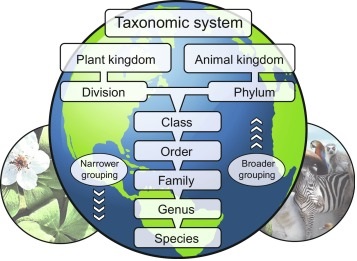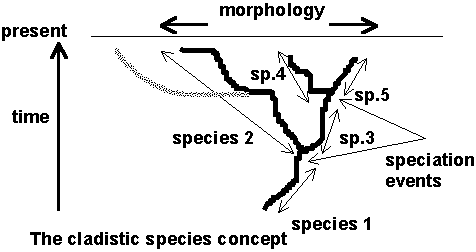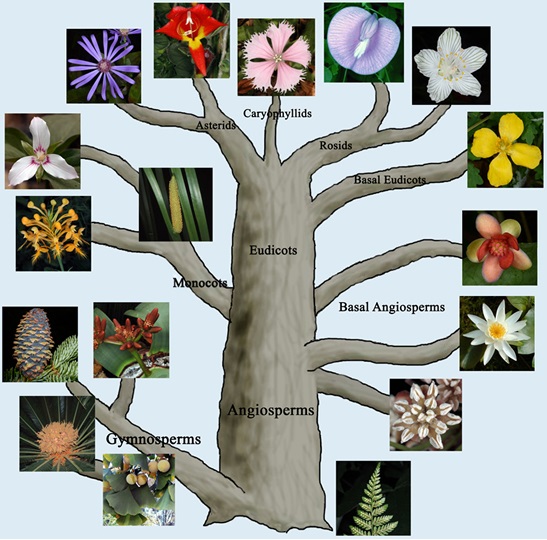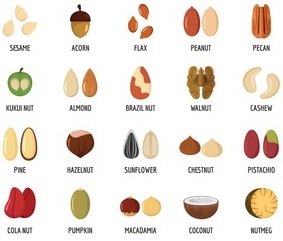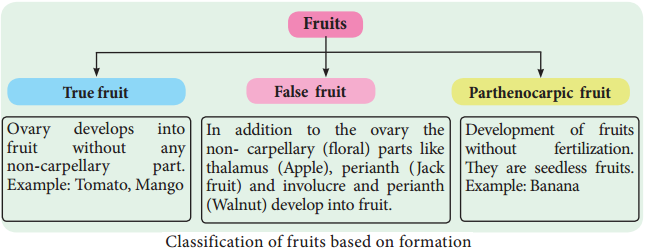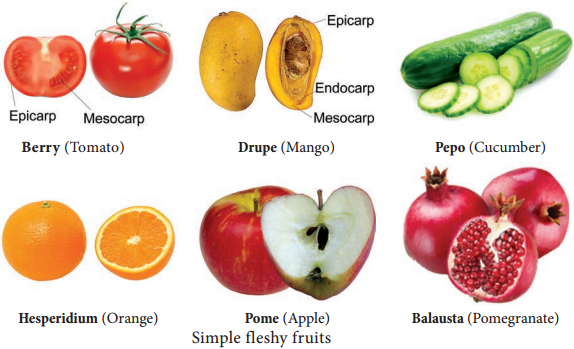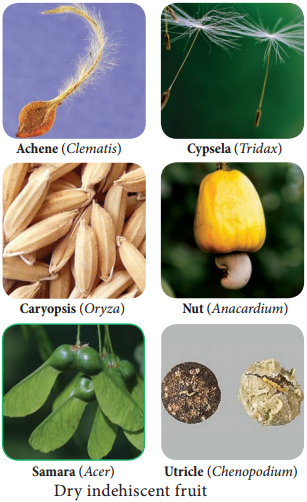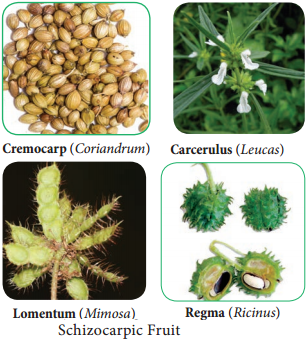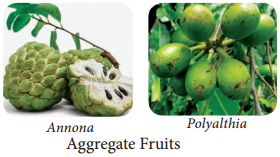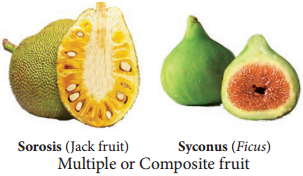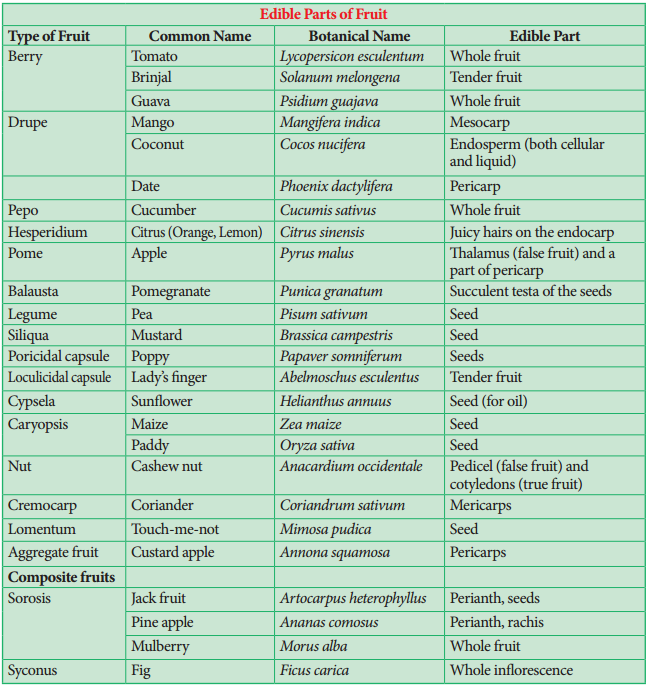Learninsta presents the core concepts of Biology with high-quality research papers and topical review articles.
International Code of Botanical Nomenclature (ICBN)
Assigning name for a plant is known as Nomenclature. This is based on the rules and recommendations of the International Code of Botanical Nomenclature. ICBN deals with the names of existing (living) and extinct (fossil) organisms. The elementary rule of naming of plants was first proposed by Linnaeus in 1751 in his Philosophia Botanica.
In 1813 a detailed set of rules regarding plant nomenclature was given by A.P. de Candolle in his famous work “Theorie elementaire de la botanique”. Then the present ICBN was evolved by following the same rules of Linnaeus, A.P. de Candolle and his son Alphonse de Candolle.
ICN Principles
International Code of Nomenclature is based on the following six principles.
- Botanical nomenclature is independent of zoological and bacteriological nomenclature.
- Application of names of taxonomic group is determined by means of nomenclatural types.
- Nomenclature of a taxonomic group is based on priority of publication.
- Each taxonomic group with a particular circumscription, position and rank can bear only one correct name.
- Scientific names of taxonomic groups are treated as Latin regardless of their derivation.
- The rules of nomenclature are retroactive unless expressly limited.
Codes of Nomenclature
ICN has formulated a set of rules and recommendations dealing with the botanical name of plants. International Botanical Congress is held at different places every six years. Proposals for nomenclatural changes and changes in rules are discussed and implemented. Changes are published in their website.
18th International Botanical Congress held in 2011 at Melbourne, Australia made the following major changes.
- The code now permits electronic publication of names of new taxa.
- Latin diagnosis or description is not mandatory and permits the use of English or Latin for the publication of a new name (Art-39).
- “One fungus, one name” and “one fossil one name” are important changes, the concept of anamorph and teleomorph (for fungi) and morphotaxa (for fossils) have been eliminated. (Previously, sexual and asexual stages of the fungus/fossils were provided with different names).
- As an experiment with “registration of names” new fungal descriptions require the use of an identifier from a “recognized repository”.
- There are two recognized repositories Index fungorum and Myco Bank.
19th International Botanical Congress was held in Shenzhen in China in 2017. Changes accepted by International Botanical Congress are yet to be published.
Vernacular Names (Common Names)
Vernacular names are known as common names. They are very often descriptive and poetic references to plants. Common name refer to more than one plant or many plants may have same common name. These names are regional or local and are not universal. Example: Albizia amara. L belongs to Mimosaceae is called as Usilai in South Tamilnadu and Thurinji in North Tamilnadu.
Scientific Names/Botanical Names
Each and every taxon as per the ICN (species, genus, family etc) can have only one correct scientific name. Scientific name of a species is always a binomial. These names are universally applied. Example: Oryza sativa L. is the scientific name of paddy.
Polynomial
Polynomial is a descriptive phrase of a plant. Example: Ranunculus calycibus retroflexis pedunculis falcatis caule erecto folius compositis. It means butter cup with reflexed sepals, curved flower stalks, erect stem and compound leaves. Polynomial system of naming a plant is replaced by a binomial system by Linnaeus.
Binomial
Binomial nomenclature was first introduced by Gaspard Bauhin and it was implemented by Carolus Linnaeus. Scientific name of a species consists of two words and according to binomial nomenclature, the first one is called genus name and second one is specific epithet. Example: Mangifera indica. Mangifera is a genus name and indica is specific epithet. This system is in vogue even now.
Author Citation
This refers to valid name of the taxa accompanied by the author’s name who published the name validly. Example: Solanum nigrum L. There are two types of author citation.
Single Author:
When a single author proposed a valid name, the name of the author alone is accompanied by his abbreviated name. Example: Pithecellobium cinereum Benth.
Multiple Authors:
When two or more authors are associated with a valid publication of name, their names should be noted with the help of Latin word et or &. Example: Delphinium viscosum Hook. f. et Thomson. Standard Form of Author’s Abbreviations has to be followed.
